Battle music is a huge and varied term, so for this intro, I’d like to focus on two popular genres: Sci-Fi/Modern action and fantasy/RPG action. If you’re unsure of where a certain game falls, in regards to these categories, just ask yourself, “Are they using guns or swords?”
Fantasy games usually use swords, bows and arrows, and ride horses, as opposed to a sci fi game, where they’re more likely to use guns, and drive motorized vehicles or ships. Therefor, fantasy games should have a strong orchestral sound, with a lot of brass, woodwinds, and choirs. Sci-Fi games usually rely much more heavily on synths, processed sounds, and sound design.
We’ll start with a simple, 30 second battle loop which was originally created for a very simple, military themes RTS (real-time strategy) game. For battle tracks, there are certain elements that are going to be useful no matter the genre: epic percussion and string ostinatos. Short strings (spiccato or staccato) will be your best friend in creating a fast paced, rhythmic action melody.

Click button below to subscribe to our Youtube channel!
For simple battle tracks, you do NOT want to distract from the gameplay! As with any form of music for media, we want to compliment and enhance the gameplay, not distract from it. Most people should not be able to notice the music at all, it should simply flow together as a small part of the whole. It’s best to keep a steady, driving sense of rhythm. Too many pauses and music that is too dynamic will be out of place for a simple, fast paced action game. Usually 4/4 time signatures work best, I often build tracks with a steady sense of progression and forward movement. That being said, we want a noticeable structure with the track, so it can help to build tracks in sections: as you continue to add layers and introduce new elements into the track, eventually you want to bring that tension to a head, and in the next section, strip things back, ultimately removing layers while re-focusing on the core and primal elements. This section we may introduce much heavier percussion, keeping the same sense of rhythm, but intensifying the core elements. If you have too many layers going on constantly, it can become overwhelming and distracting. We want to focus on intensity and while it is important to build by adding layers, it’s just as important to be able to say “okay, we have enough going on: time to re-focus” and strip the track down to those core layers, only intensified.
I start with building a foundation with the basics: rhythm, chords, and structure, writing with ensemble patches (strings, brass, etc) first. Then I add in the melodies and write for individual sections (create harmonies, write my lead melodies with violins, horns, etc.), and lastly I add in “ear candy”, such as textures, sound design, risers and transitions, etc. This last step is absolutely vital in selling the track as a whole, and one of the most common reasons clients often feel tracks aren’t good enough: they don’t have enough polish and high enough production values.
The first track in the video is super simple, and the rate I was paid reflects that. The amount of complexity and detail in your track will determine your asking rate, which is always calculated per-minute of finished music. Make sure you outline how many instrument layers your track will have, as well as how many revisions you are willing to offer for the included rate, and if they want more layers or revisions, determine up front how much that will cost them. You want to take care of this business before you begin, to avoid misunderstandings and frustration on either end.
In addition to the simple battle track structure, I give some tips on how to make seamless loops with your music, and I also go over a much more complex fantasy track, breaking down the different elements and describing the process and techniques used.
We will continue with more Battle Music in Episode 3, as well as featuring the Q&A section, answering your questions you left in the comments on both videos.
-Brian Freeland, APD

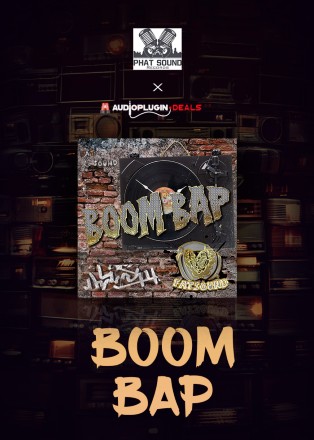
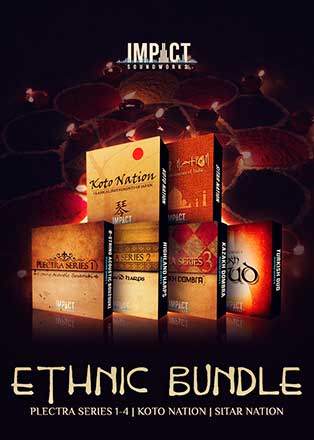
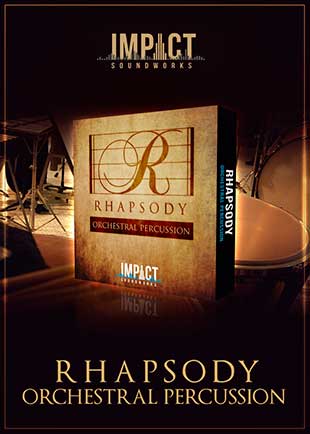
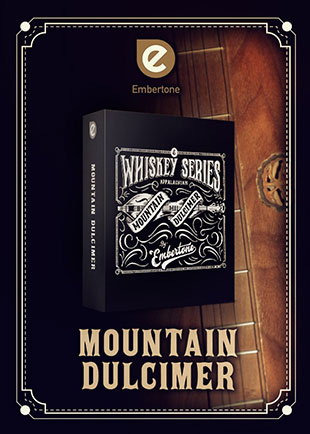
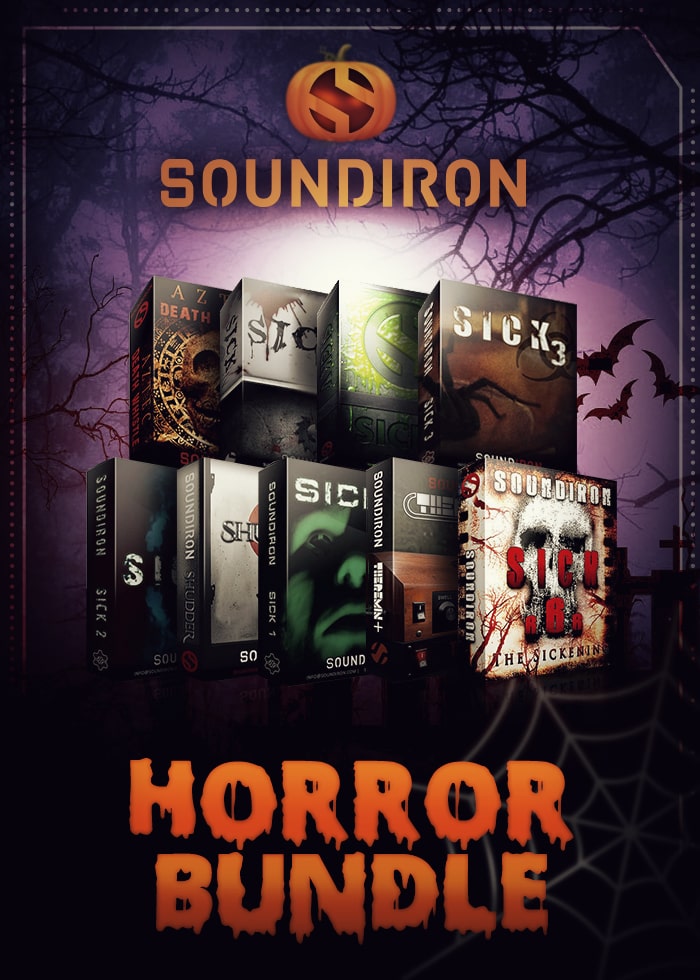
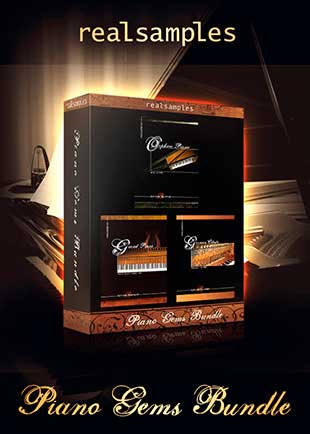
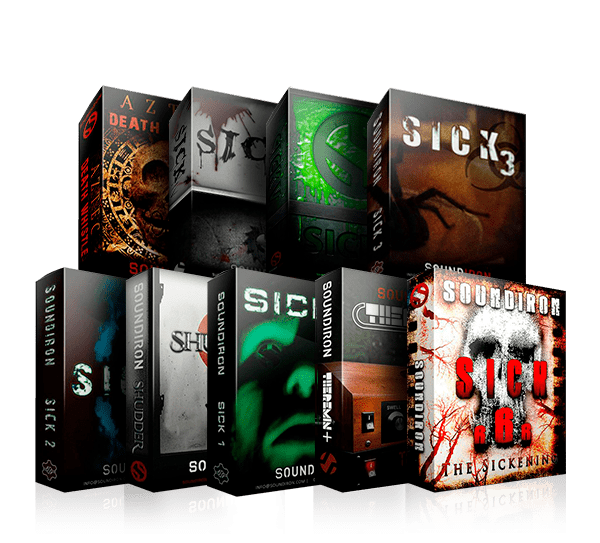
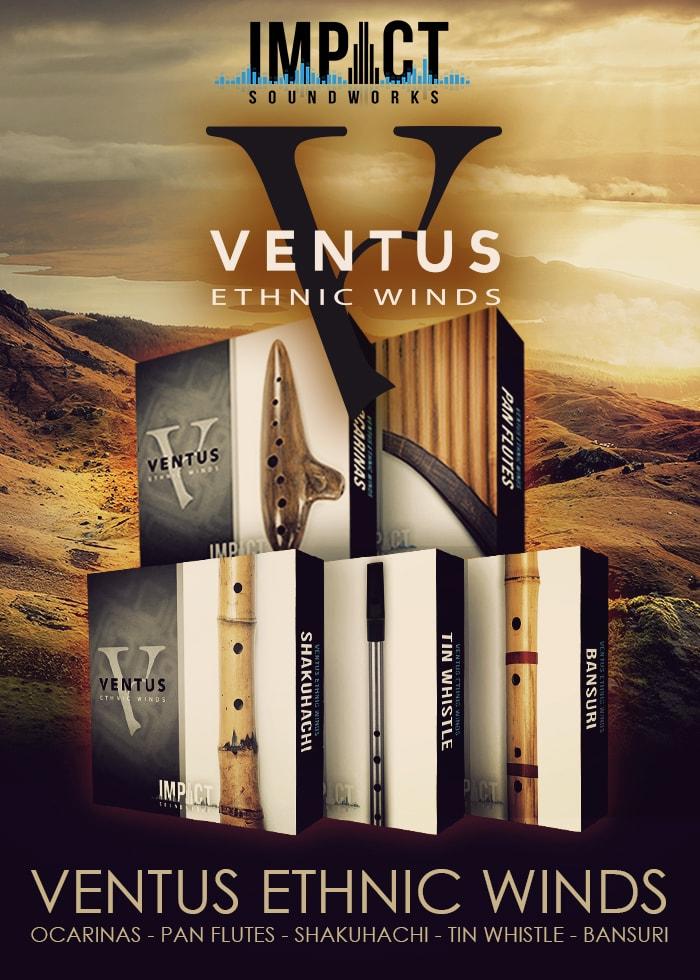

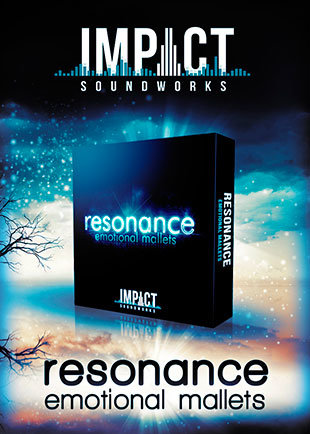
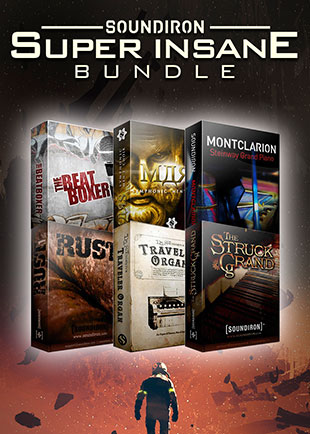
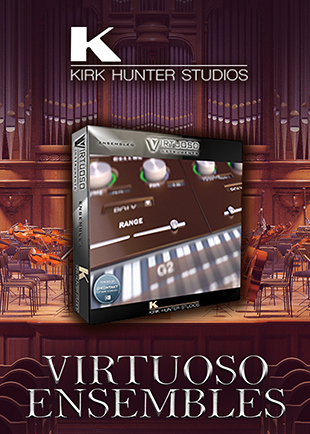
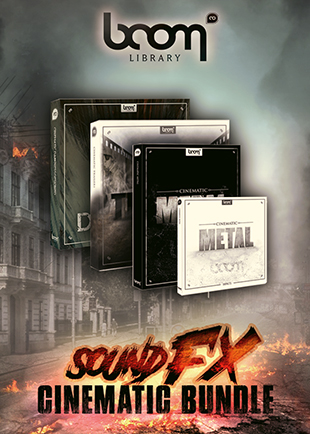

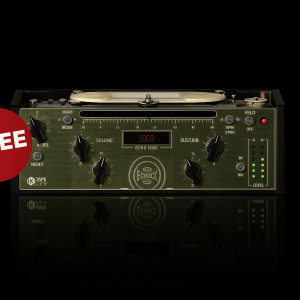

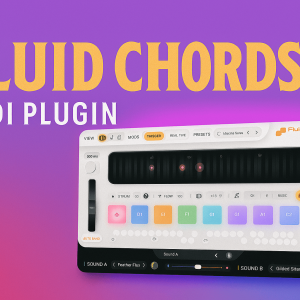






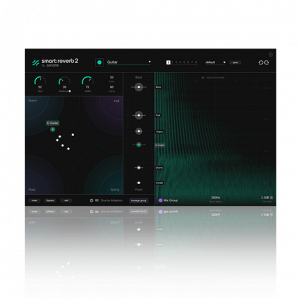
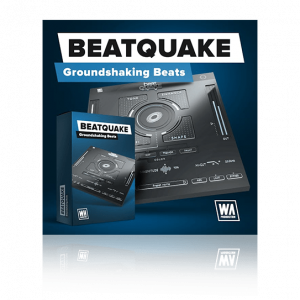
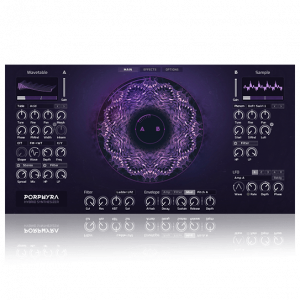
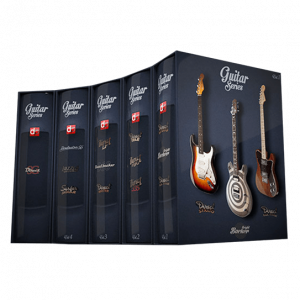

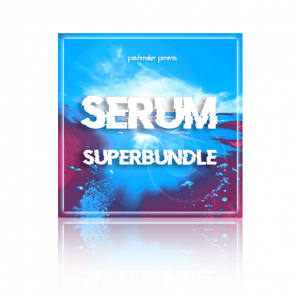
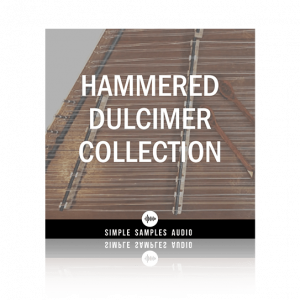
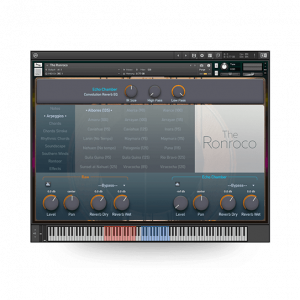
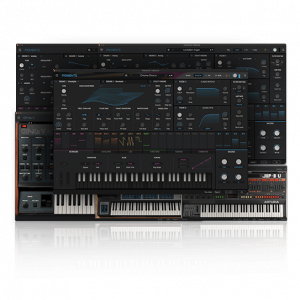
2 Responses
This was a very nice article and video. There are a few things I’d like to point out in general.
As a beginner, you need to listen to a lot of music that you are going to compose. Even if you don’t ever plan to be the next Hans Zimmer, or Harry Gregson Williams, this is crucial. There are several reasons why: besides the fact that it allows you to pick up used and accepted orchestration techniques, it is one of the ways you can compare how good your compositions are. Think of it as a gauge. The more familiar you are with your capabilities, the less headache a job will cause. Things like: “Oh, I knew what my client was asking, but they are not satisfied,” will be less frequent. Following the theme of this post, fantasy battle music is a lot closer to traditional orchestral music than scifi, which is more often than not hybrid.
As a composer, I do not agree with the fact that you have to prove yourself when you start. Your work is just as valuable as anyone else’s, even if you are inexperienced. Do not devalue yourself, your work, and composers in general by asking less. Starting out is especially hard, because you need software, good quality sample libraries, hardware, plus a lot of time that experienced composers do not. Until you find your own style, composing is largely going to be an imitation game. I strongly recommend reading this article: https://www.quora.com/Typically-how-much-would-a-game-producer-pay-for-20-music-pieces-produced-for-the-background-trailer-and-soundtrack-for-a-game
Make sure you are aware of your abilities, but do not underestimate your work, in exchange for experience.
It is an ongoing debate whether ensemble or phrase-based libraries are useful. My answer is always use whatever works for you. I would personally go for uniqueness, but there are a few things worth mentioning. As a beginner, ensemble and phrase-based libraries are not going to help you find your own style. They will make things easier, but you will soon discover their limitations. The second phase is when you hand-craft everything. This is when you have your own style, and the number of projects you need to work on are hopefully growing exponentially. This is the stage when you realize that you do not really have enough time. You cannot wait for inspiration, as you have a lot of deadlines. The obvious solution is to go back to ensemble and phrase libraries, and this is when you might realize that they are very useful, because they might have, for example, phrases that sound a lot more natural than when programmed, and quite often they have instrument combinations that you always use (for example celli and basses). Even better, when these libraries are used in combination with individual instrument libraries, you can still keep the style that defines you as a composer, which is one of the most important things when it comes to composing. The end result: a more refined, natural sound which is still you, and a lot of time that you will save.
Just a few thoughts, hope some of this is enlightening for some of you 🙂
Great info! Some of it we’ve actually covered in this or other episodes/live-streams 🙂 As for proving yourself, I just know if I hadn’t have taken chances in the beginning, I would not have a single gig or credit right now, no exaggeration. I’d still be waiting for a shot. I took chances and it paid off for me, I proved myself, and went from absolutely zero orchestral experience (as an EDM producer) to landing consistent gigs and starting my own business. Sometimes you need to bend the traditional rules and follow your gut. Composing is outsourced now to freelance markets for pennies on the dollar, and sometimes it’s worth diving in, if anything just to truly learn about the quality of work offered and the rates in the online freelance markets (you’d be surprised how many big name, established studios and companies go this route today). Thanks for sharing so much info and giving us your thoughts 🙂
Comments are closed.